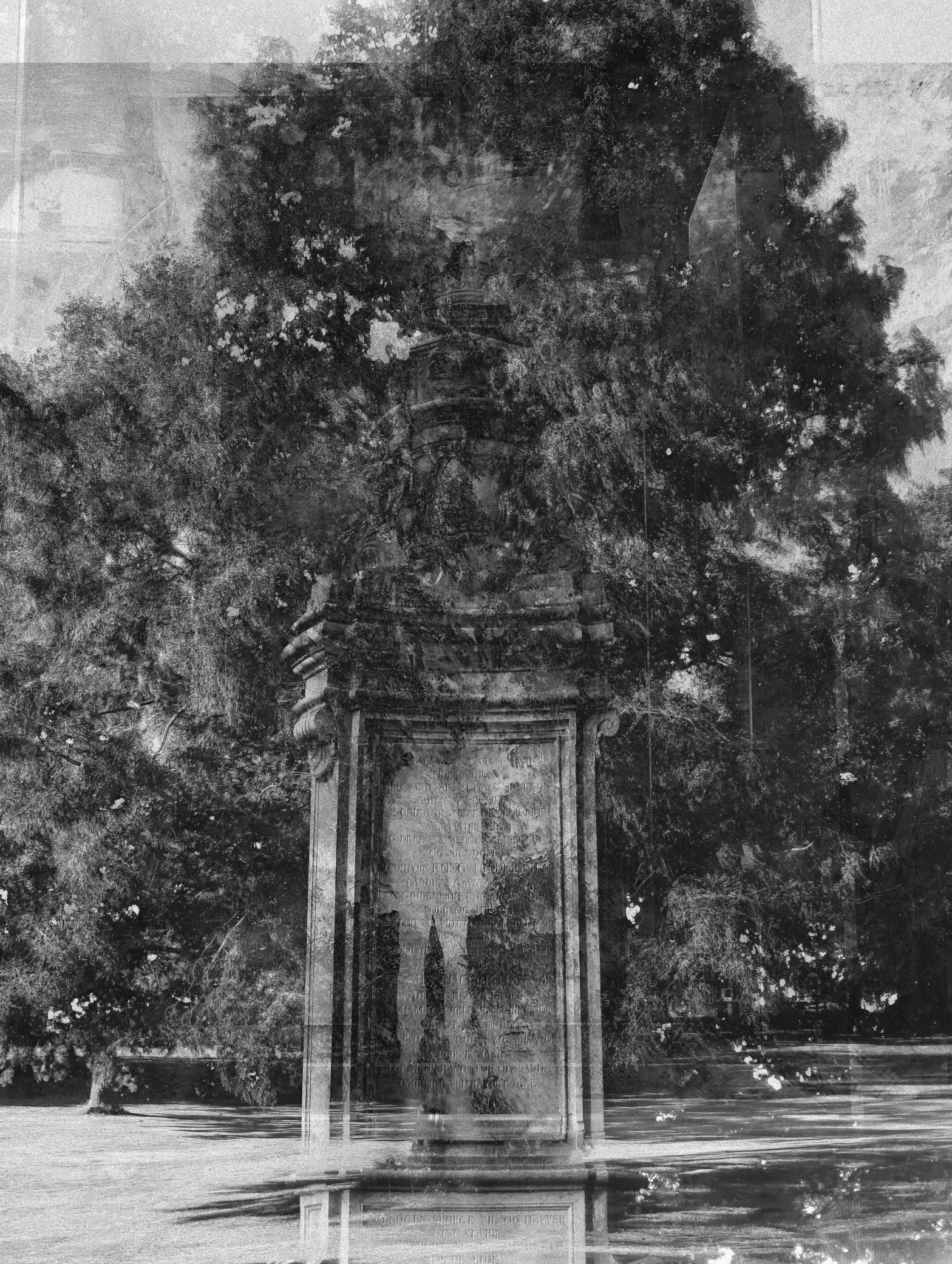On May 20th, when I was ten years old, I had tonsillitis.
It was probably due to sheer excitement over the fact that my mother and father were getting married.
On the way to the wedding at Tibirke Church, my mother and grandfather stopped at the avenue leading up to the Sandflugtsmonumentet (The Sand Drift Monument).
They were early – and there was time for a bit of tobacco.
—
Also see:
Degas & The Artificiality of Art
The Time Is Out of Joint
Objects for an Ideal Home
—
The portal-like ‘Sandflugtsmonumentet’ (The Sandrift Monument) stands atop a small hill in Tibirke, a miniature Amon sûl.
Designed by Elias David Häusser and Didrick Gercken in 1738, it documents the successful efforts to combat sand drift that plagued the region from the 1500s to the 1700s.
Work to combat the drift began in 1742. Locals and soldiers from Copenhagen worked together to dig trenches, build fences, and plant willow, cherry, oak, and beech trees along with hardy grasses like marram to stabilize the dunes.
This hard work led to what would become Tisvilde Hegn, a massive protected forest.
It can look like an object from another dimension. From a distance, its rune-like inscriptions, especially the ones on the side that do not receive sunlight. Looking closer, the script becomes visible: Danish, Latin and German encapsulating a stage of polyglossia in Denmark.
Today Tisvilde Hegn stretches along a roughly 7 kilometer coastal strip and covers around 1,300 hectares.
